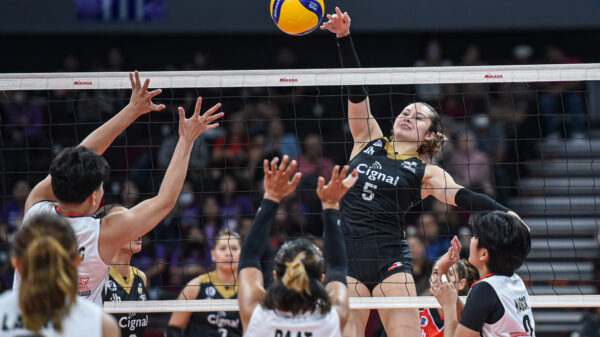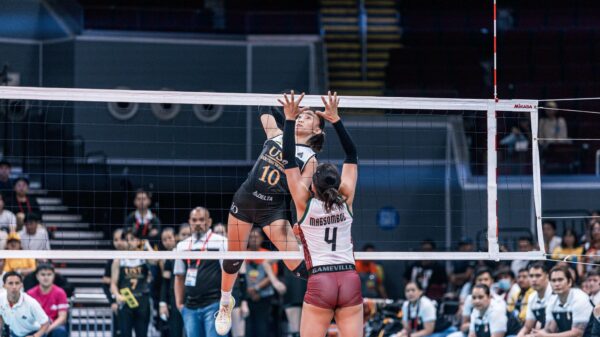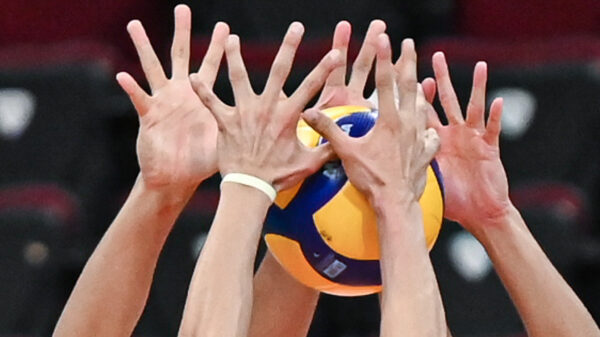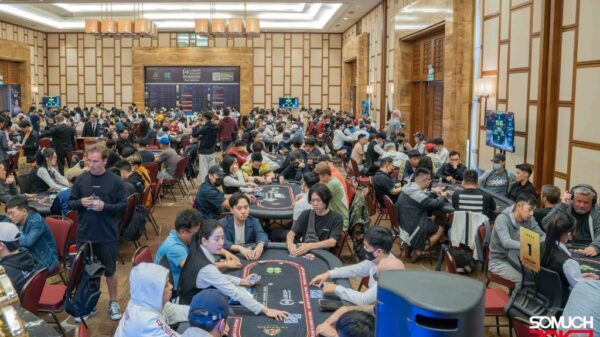Poker tournaments, a thrilling and competitive facet of the card game, bring together players from all walks of life to test their skills, strategy and nerve in a structured setting. In this article, we’ll unravel the inner workings of poker tournaments, from the basic format to the strategies that can lead players to victory.
The Tournament Structure:
Poker tournaments typically follow a specific structure that involves players buying into the tournament with a set amount of money. This buy-in contributes to the prize pool, and players receive a designated number of tournament chips. The tournament continues until a predetermined condition is met, often when one player accumulates all the chips in play.
Blinds and antes:
Central to the tournament structure are blinds and antes. Blinds are forced bets that players must place in the pot before each hand, and they increase periodically to stimulate action. Antes, on the other hand, are small bets contributed by all players at the table, ensuring there is always something to play for in each hand.
Levels and increments:
Tournaments are divided into levels, each lasting a specific amount of time. During each level, blinds and antes increase, intensifying the pressure on players and shaping the dynamics of the game. This ensures that the tournament progresses at a reasonable pace.
Elimination and payouts:
As players run out of chips, they are eliminated from the tournament. The goal is to survive and accumulate chips to advance to the final stages. Payouts are determined based on the tournament’s prize structure, rewarding those who finish in the top positions.
The final table:
The pinnacle of a poker tournament is the final table, where the remaining players compete for the top prizes. This stage is often accompanied by increased blinds and heightened tension, requiring a unique set of strategies to navigate the varying chip stacks.

















